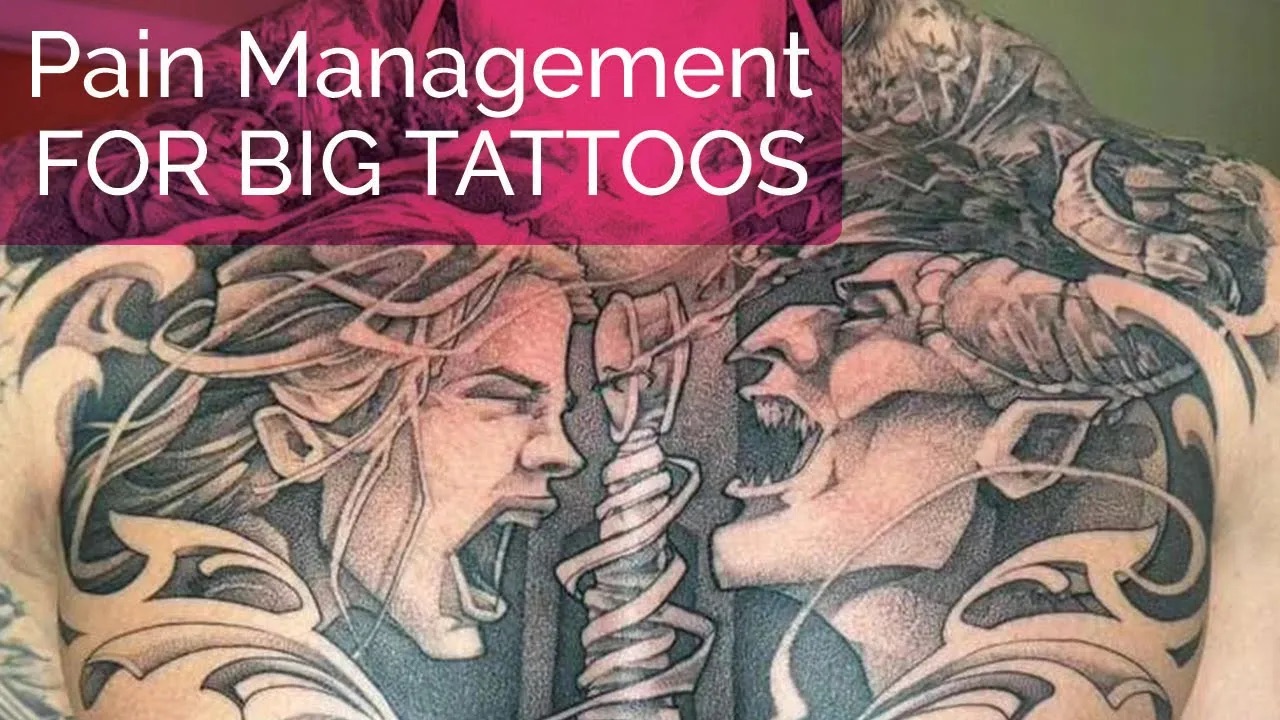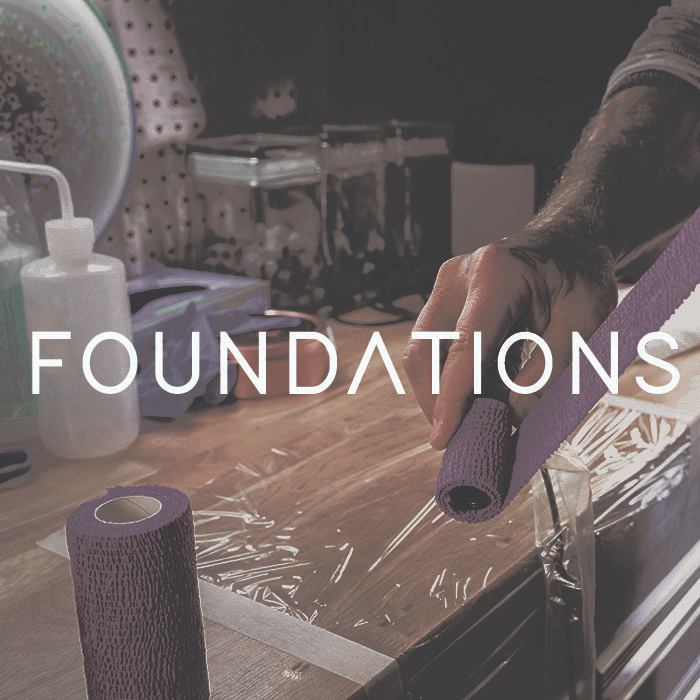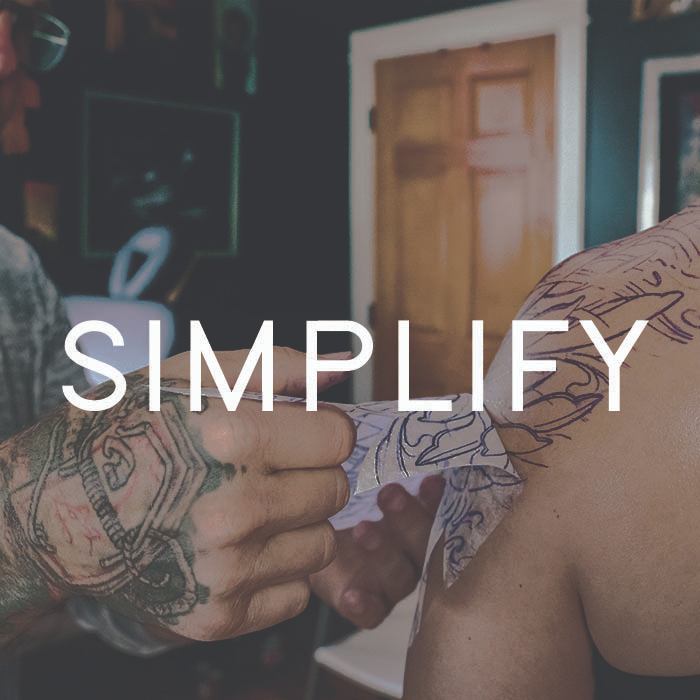Videos & Livestreams
Ink Masters and Old Timers: Tradition vs Progress in Tattoo Conventions with Jesse Smith
Welcome back to another episode of our podcast, where we dive deep into the creative minds shaping the tattoo world. In this episode, we sit down with the incredibly talented and forward-thinking Jesse Smith, renowned tattoo artist and co-host of the Richmond Tattoo and Arts Convention. From his experience as an Ink Master contestant to his leadership in curating and evolving tattoo conventions, Jesse shares fascinating insights into the ever-changing landscape of tattoo culture and community.
Balancing Tradition and Innovation
Tattoo conventions have become a staple of the industry, a place for artists and enthusiasts to gather, showcase their work, and connect. But how do you keep such events fresh and exciting year after year? Jesse explains the delicate balance between honoring the tradition of tattoo culture while introducing innovative elements to keep conventions relevant.
Having taken over the Richmond Tattoo and Arts Convention in 2016, Jesse immediately recognized the need to appeal to both old-school artists who’ve been part of the community for decades and a new generation of artists and attendees inspired by shows like Ink Master. He candidly talks about the challenges he faces in balancing these expectations while staying true to his vision for the event.
"My goal is to get you guys booked up, and as much as some people might not like Ink Masters or the people on it, they bring people through the door," Jesse explains. He discusses the pushback from traditionalists but also shares his excitement about the future of tattoo conventions.
Creative Problem-Solving in a Changing Industry
One of the key takeaways from this episode is Jesse's passion for creativity—not just in his art but in his approach to organizing conventions. He talks about how he's constantly spitballing new ideas to make each convention unique and engaging, from interactive projects like the infamous tattoo “glory hole” to collaborative tattoo competitions where artists work together on large-scale pieces.
This drive to innovate stems from Jesse's belief that stagnation is the enemy of creativity. "If I'm not doing something different, what's the point?" he says, reflecting on his need to push boundaries, even in an industry as established as tattooing.
Elevating the Convention Experience
Jesse also touches on the practical side of running a convention—marketing to both artists and attendees. He shares his strategy for making conventions feel more like a curated experience rather than just another event. Whether it’s showcasing high-quality artists or bringing in tattoo celebrities, Jesse believes in making the experience memorable for everyone involved.
He explains the shift in how attendees now approach conventions, noting the rise of competition-driven artists who come to these events not only to ink new clients but also to create multi-day masterpieces that compete for “Best of Show.” It’s all about raising the bar and giving both artists and attendees something extraordinary to look forward to.
Building a Community Through Art
One of the most inspiring parts of the conversation is when Jesse opens up about the community aspect of tattoo conventions. While the focus is often on the art, these events also serve as an important gathering place for like-minded individuals. Artists feed off each other’s energy, learn from one another, and build lasting relationships that fuel their careers and creativity.
Jesse’s leadership at the Richmond Tattoo and Arts Convention exemplifies how conventions can be more than just places to get tattooed—they can be hubs for innovation, collaboration, and community building. His efforts to maintain this balance between tradition and modernity while promoting creativity are why his convention continues to be one of the most anticipated in the country.
Looking Forward
As the episode winds down, Jesse offers a glimpse into what’s next for the Richmond Tattoo and Arts Convention and the industry as a whole. He shares his excitement about future projects, new tattoo competition formats, and the evolving nature of tattoo conventions. One thing is clear: as long as Jesse is steering the ship, the tattoo convention scene will continue to thrive and evolve.
If you're an artist, an attendee, or simply a fan of tattoo culture, this episode is packed with insights and inspiration. Jesse Smith shows us that the tattoo world is as much about growth and innovation as it is about tradition, and that’s what makes it such an exciting space to be a part of.
Ink Masters & Old Timers: Tradition vs Progress in Tattoo Conventions | Jesse Smith | EP 285
Make sure to follow Jesse’s work and th Richmond Tattoo and Arts Covention this year!

Inside Fireside: Mentality, Pain Management, and the Art of Client Care with Kurt Jacobson
Inside Fireside: Mentality, Pain Management, and the Art of Client Care with Kurt Jacobson
Welcome back to our Fireside series! In this final installment with the talented Kurt Jacobson, tattoo artist and Fireside guest, we dive deep into the crucial aspects of client care during tattoo sessions. From multi-day tattoo conventions to mastering the mindset, this episode covers the strategies artists can use to help clients manage pain and discomfort.
Mastering Mentality: It's All About the Mindset
Kurt opens the discussion by highlighting the importance of mentality in tattooing. For both the client and the artist, having the right mental framework can make all the difference. Tattoo sessions—especially those that last several hours or even days—are not just about physical endurance; they are also a mental game. Clients often reach a point where they want to quit, and Kurt believes it’s the artist's role to help them push through.
“You have to communicate honestly with yourself and with your client,” Kurt explains. It’s not just about soothing words but guiding clients to understand that the impossible can become possible through proper mindset management. He shares that his approach is to help clients recognize their own internal language and how it shapes their capacity to endure.
The Power of Touch: Gentle Guidance Through Pain
Another key element in managing long tattoo sessions is how the artist interacts with the client physically. Kurt emphasizes contact and how being mindful of how you touch your clients can reduce discomfort. He encourages using fingertip stretching instead of whole-hand stretching to minimize unnecessary pressure on inflamed skin.
"The more gentle I am, the more my client will be okay with me touching them, and the less they'll resist, which helps reduce fatigue over time," Kurt shares. This is especially important during long, multi-day tattooing sessions where discomfort can accumulate and wear clients down.
Positioning and Comfort: Small Adjustments, Big Relief
Beyond mental and physical touch, Kurt also stresses the importance of positioning for the client's comfort. Sitting in one position for long periods can lead to body fatigue. However, with small adjustments—like those we make on long flights or car rides—discomfort can be managed.
"I use pillows and blankets like they're going out of style," Kurt jokes, but in truth, these small adjustments can make a huge difference in helping clients stay comfortable. Even slight changes in positioning, supported by a well-placed pillow, can alleviate tension and extend a client’s endurance.
Lidocaine Use: Finding the Balance
A popular topic during this episode was the use of lidocaine in tattoo sessions. Kurt explains his cautious approach to using lidocaine, emphasizing that it’s not about making clients completely numb but maintaining their current pain level.
"I apply lidocaine sparingly," Kurt explains, "the goal isn’t to bring the pain level down to zero, but to keep clients at the same level they're already at." He warns against overusing lidocaine, which can lead to increased tolerance and make it difficult for clients to handle subsequent sessions.
Closing Thoughts: Encouraging but Never Pandering
Kurt wraps up the conversation by sharing his philosophy on guiding clients through tough moments. Being encouraging but not pandering is key. It’s about balancing the support you give without sugarcoating the experience.
Tattooing is hard—mentally, physically, and emotionally. But with the right preparation, communication, and attention to client care, both artist and client can emerge from the experience stronger.
Thank you to Kurt for taking the time to share his wisdom with us in this series. Be sure to check out the previous episodes if you haven’t already, and stay tuned for more insightful conversations with industry experts.



